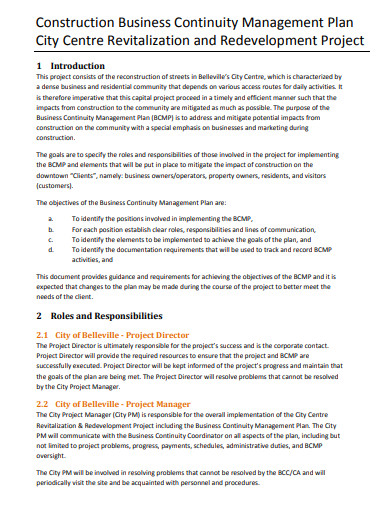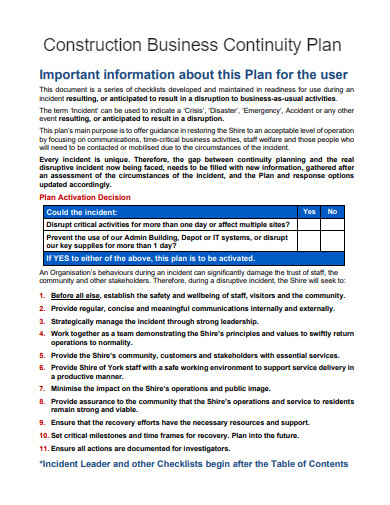In the dynamic world of construction, safeguarding your projects against unforeseen challenges is paramount. A Construction Business Continuity Plan stands as a fortress against disruptions, ensuring your operations remain seamless and unbroken. This strategic blueprint, tailored for the construction sector, not only bolsters your resilience to external shocks but also fortifies your project timelines and financial steadiness. Dive in to understand how you can build with confidence, come what may.
17+ Construction Business Continuity Plan Samples
1. Plan Template Bundle
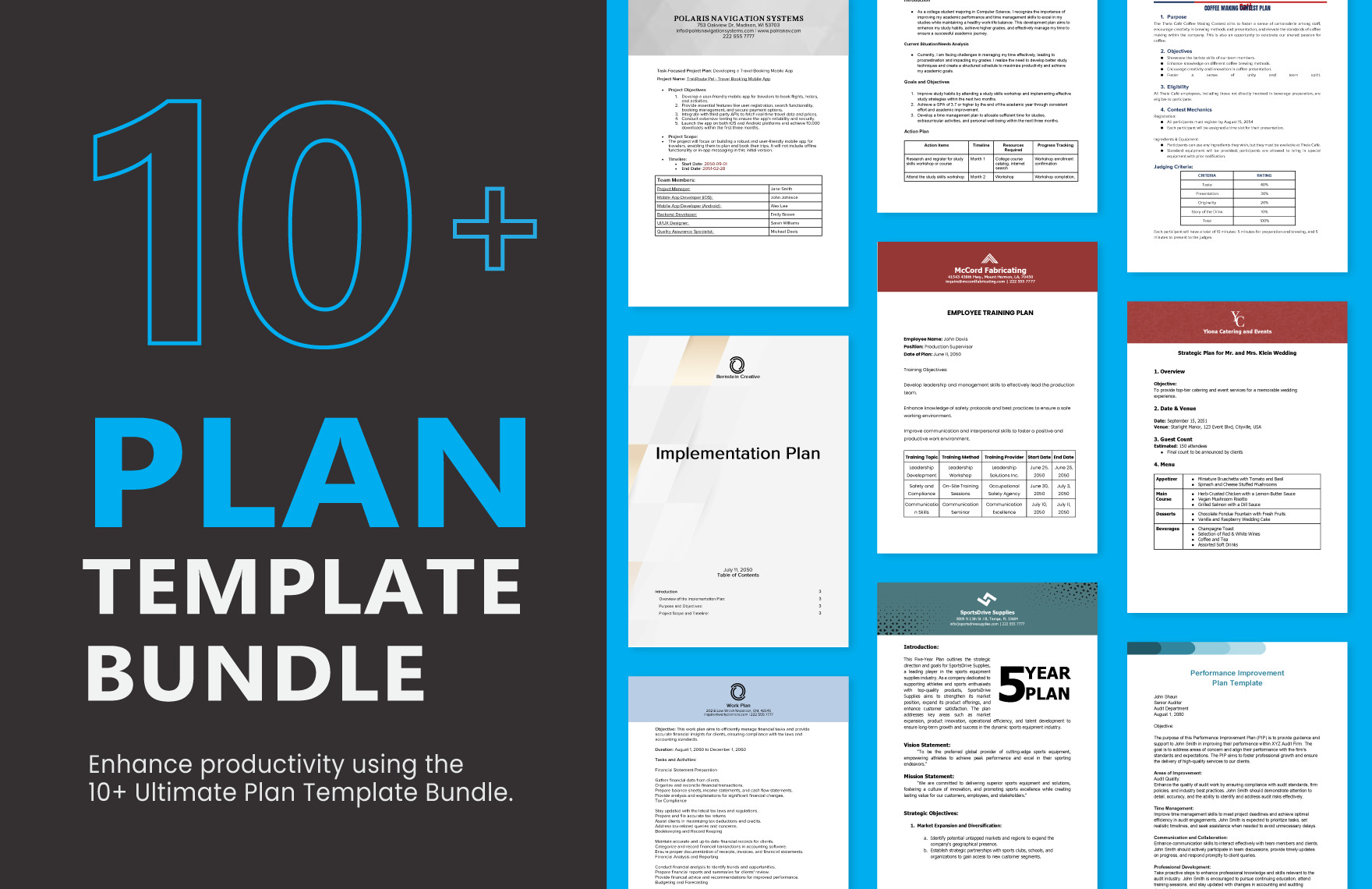
2. Construction Business Continuity Plan Bundle
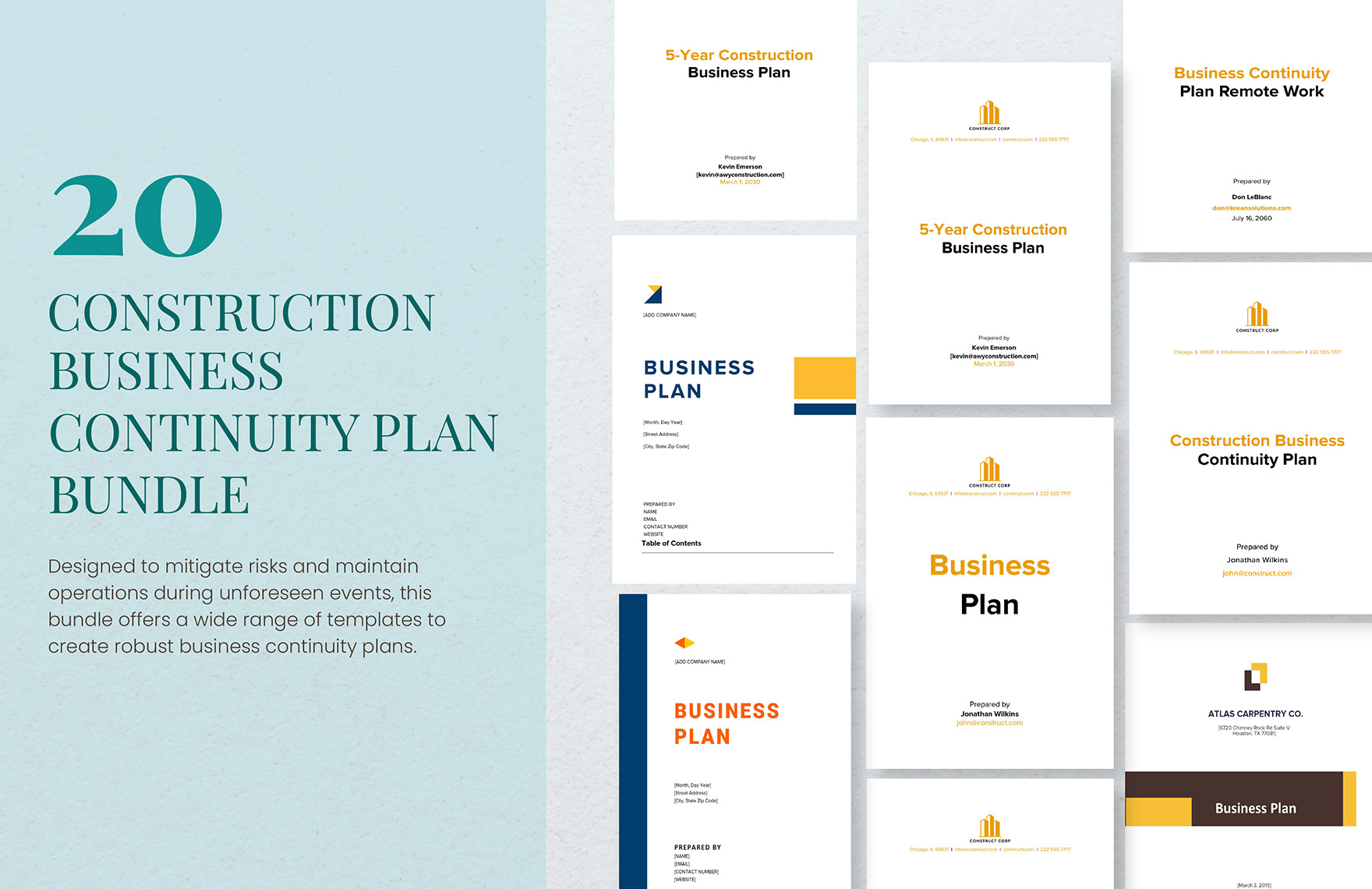
3. Construction Business Continuity Plan Template
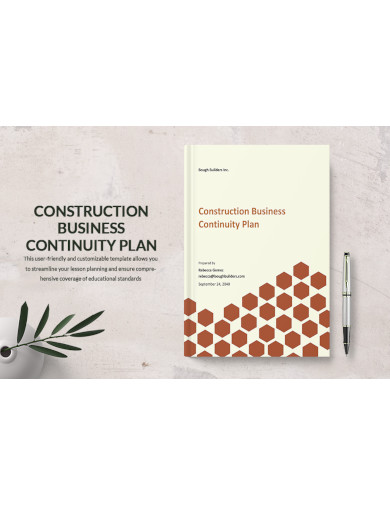
4. Business Continuity Plan Remote Work Template
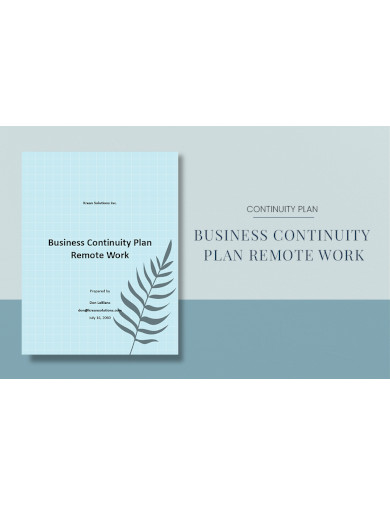
5. Small Business Continuity Plan Template
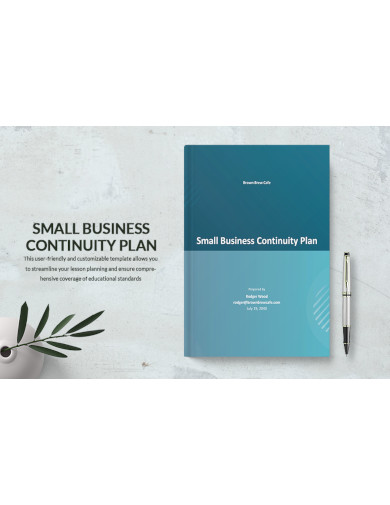
6. Residential Construction Business Plan Template
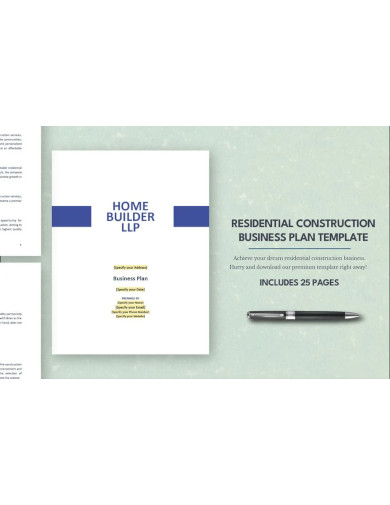
7. Commercial Construction Business Plan Template
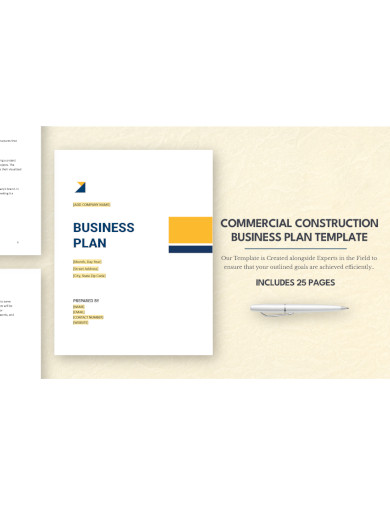
8. Construction Management Business Plan Template

9. General Contractor Construction Business Plan Template
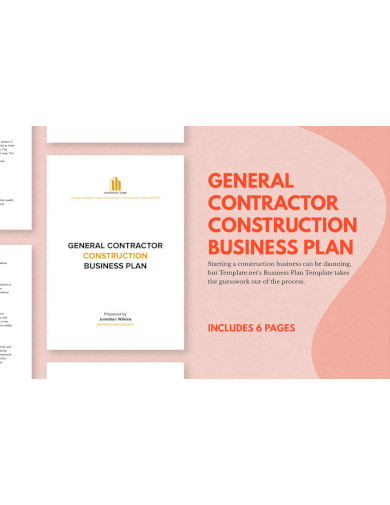
10. Post Construction Cleaning Business Plan Template
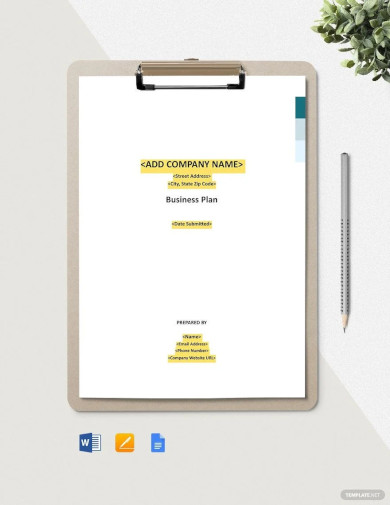
11. Construction and Engineering Business Plan Template
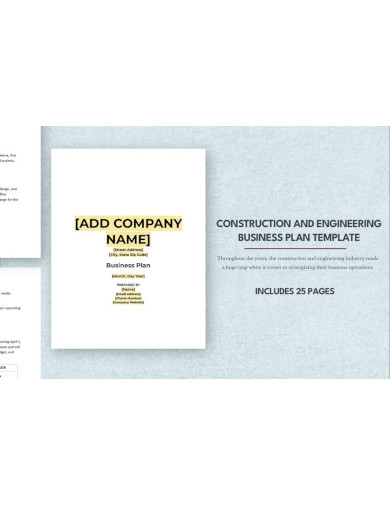
12. Construction Start-up Business Plan Template

13. Construction Manufacturer Business Plan Template
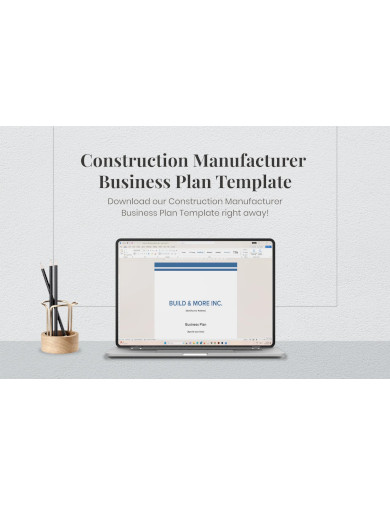
14. Construction Carpenter Business Plan Template
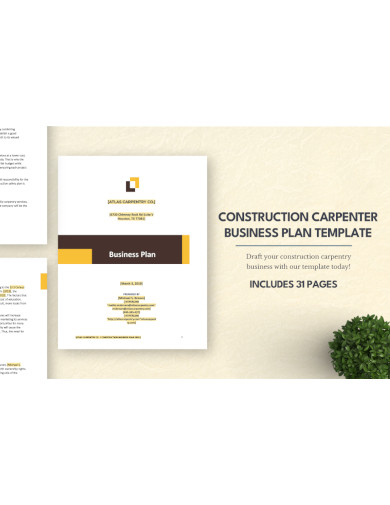
15. Construction Repair Business Plan Template
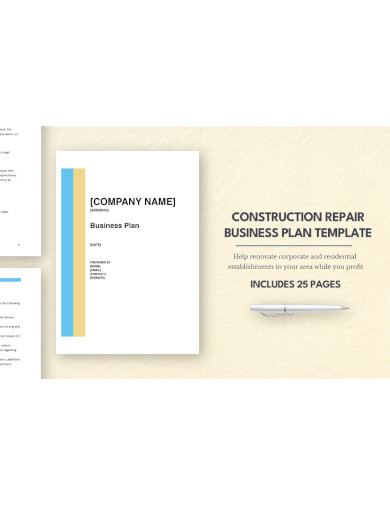
16. 5 Year Construction Business Plan Template
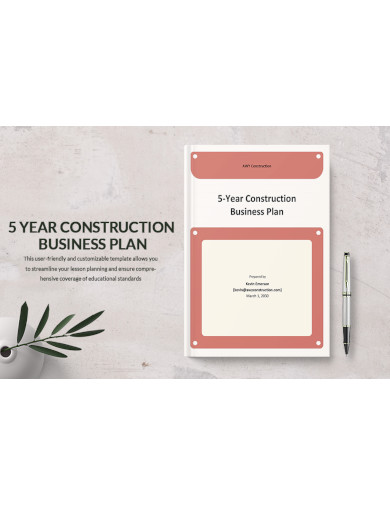
17. Construction Business Continuity Management Plan Template
What Is a Construction Business Continuity Plan?
A Construction Business Continuity Plan (CBCP) is more than just a document; it’s a comprehensive strategy that ensures construction projects continue to progress, even when faced with unexpected disruptions. In an industry where timing, coordination, and deadlines are paramount, a lapse due to unforeseen challenges can lead to significant financial losses and damaged reputations.
Understanding its Essence
At its core, a CBCP is designed to provide a roadmap for construction firms during times of crisis. This can range from natural disasters like hurricanes and earthquakes, to sudden economic downturns, strikes, or supply chain interruptions. In each scenario, the continuity plan offers guidelines and strategies to maintain operations or, at the very least, minimize downtime.
Why it Matters
For construction projects, delays can be costly. Not only in terms of finances, but also in terms of contractual obligations, client trust, and stakeholder satisfaction. Ensuring continuity means you’re proactively managing risks, safeguarding your company’s reputation, and demonstrating a commitment to delivering results, regardless of external challenges.
The Core Components
Typically, a CBCP will include:
- Risk Assessment: A thorough analysis of potential threats and their impact on operations.
- Response Strategy: Clear guidelines on steps to be taken when faced with specific disruptions.
- Communication Plan: A strategy for informing stakeholders, from employees to clients, about the situation and the company’s response.
- Recovery Strategy: Steps to return to regular operations post-disruption, including resource allocation and timeline management.
How to Create an Effective Construction Business Continuity Plan?
The creation of a CBCP isn’t a one-size-fits-all process. Each construction firm has its unique challenges and requirements. However, there are universal steps and best practices that can guide the creation of an effective plan.
Understanding Your Business Inside-Out
Before crafting a plan, it’s essential to have a deep understanding of your business operations. Map out all critical processes, from procurement of materials to client deliveries. Recognizing these processes will help in pinpointing vulnerabilities.
Conduct a Thorough Risk Assessment
Identify potential threats to your operations. This can range from natural disasters relevant to your geographic location, to more industry-specific risks like supplier shortages. For each threat, estimate the potential impact on your operations and the likelihood of its occurrence.
Develop Response Strategies
For each identified risk, craft a specific response. This should be a step-by-step guide on what to do when faced with a particular disruption. For instance, if a key supplier is unable to deliver, do you have an alternative lined up? How quickly can you switch, and what are the cost implications?
Communication is Key
In times of crisis, effective communication can be the difference between chaos and coordinated action. Develop a plan to communicate with all stakeholders. Decide on the channels of communication, the frequency, and the key messages.
Plan for Recovery
While managing a disruption is crucial, it’s equally important to have a strategy to get back on track once the immediate threat is over. This includes assessing the damage, allocating resources, and recalibrating timelines.
Regularly Review and Update
A CBCP is not a static document. As your business evolves, so will your vulnerabilities and capabilities. Moreover, external factors, such as the socio-economic environment and technological advancements, will also influence potential risks. Regularly review and update your plan to ensure it remains relevant and effective.
Engage and Train Your Team
The best-laid plans can fail if the team is not onboard. Ensure that everyone, from top management to ground staff, is familiar with the CBCP. Regular training sessions and mock drills can help in embedding the plan into the company’s culture.
In conclusion, a well-crafted Construction Business Continuity Plan is an invaluable asset for any construction firm. Not only does it provide a shield against disruptions, but it also showcases a company’s commitment to reliability and excellence.
18. Sample Construction Business Continuity Plan Template
Types of Construction Business Continuity Plan
Diverse Projects, Diverse Plans
In the realm of construction, projects vary greatly in scope, size, and complexity. Thus, continuity planning needs to be just as diverse. The plans can be categorized based on the nature of the projects, potential risks, and the specific outcomes desired by the organization.
Project-Based Continuity Plan
Every construction project comes with its unique set of challenges and requirements. A project-based continuity plan is crafted specifically for an individual project, addressing the unique risks associated with it. For instance, a skyscraper in an earthquake-prone region might have a different set of risk factors compared to a bridge being constructed over a river.
Operational Continuity Plan
This plan focuses on the company’s day-to-day operations rather than individual projects. It encompasses areas such as supply chain management, employee safety protocols, equipment maintenance, and office operations. This ensures that the company can maintain its daily functionality irrespective of external challenges.
Supply Chain Continuity Plan
In construction, timely delivery of materials is crucial. A delay in getting the required materials can stall projects, resulting in financial losses. A supply chain continuity plan specifically addresses the challenges associated with suppliers, transportation disruptions, and logistics.
Natural Disaster Continuity Plan
Regions prone to specific natural disasters – such as hurricanes, earthquakes, or floods – necessitate a specialized continuity plan. These plans address the risks associated with the particular disaster and provide guidelines for pre-disaster preparations, immediate response, and post-disaster recovery.
Cybersecurity Continuity Plan
With increasing digitalization, even construction firms aren’t immune to cyber threats. This plan focuses on ensuring the security of digital assets, from project blueprints to client contracts. It offers strategies to prevent cyber-attacks, mitigate damages, and recover from them.
What are the 5 Components of a Business Continuity Plan?
Blueprint of Resilience
A Business Continuity Plan (BCP) is the safety net for businesses, ensuring operations remain smooth despite challenges. While every BCP is tailored to an organization’s specific needs, there are five fundamental components that form its backbone.
Risk Assessment & Analysis
Every continuity plan starts with identifying potential risks. This involves a systematic evaluation of all business processes and pinpointing vulnerabilities. The objective is to recognize threats and assess their potential impact on business operations.
Business Impact Analysis (BIA)
Once risks are identified, a BIA dives deeper into understanding the ramifications of each disruption. This involves quantifying potential financial losses, estimating downtime, and determining the impact on reputation, stakeholders, and customers.
Response and Recovery Strategy
With a clear understanding of risks and their impacts, the next step is to chalk out strategies for both immediate response and long-term recovery. This includes identifying key personnel responsible for crisis management, outlining the steps to be taken during a disruption, and crafting a roadmap for returning to normalcy.
Communication Protocol
In times of disruptions, effective and transparent communication is crucial. Stakeholders, employees, customers, and even the public might require timely updates. A communication protocol outlines who communicates, what the key messages are, which platforms to use, and how frequently updates should be relayed.
Training, Testing, and Maintenance
The efficacy of a BCP is determined by how well it’s executed. To ensure seamless execution, regular training sessions for employees are vital. Furthermore, the plan should be tested periodically through mock drills or simulations. This not only helps in identifying gaps but also in familiarizing the team with the plan. Lastly, regular reviews and updates keep the BCP relevant and effective.
In summary, a comprehensive Business Continuity Plan serves as a beacon during turbulent times. Incorporating these five components ensures that organizations can face disruptions head-on, ensuring minimal impact and swift recovery.
Related Posts
FREE 7+ Fashion Business Plan Samples in PDF
FREE 10+ Sprint Planning Samples In MS Word | Google Docs | PDF
FREE 10+ Wedding Planning Samples in MS Word | Apple Pages | Powerpoint | PDF
FREE 9+ Monthly Study Planner Samples in PSD | Illustrator | InDesign | PDF
FREE 9+ Sample Curriculum Planning Templates in PDF | MS Word
FREE 10+ Teacher Development Plan Samples in MS Word | Google Docs | Apple Pages | PDF
FREE 10+ Basketball Practice Plan Samples in PDF
FREE 12+ School Business Plan Samples in PDF | MS Word | Apple Pages | Google Docs
FREE 7+ Client Strategic Plan Samples in PDF | MS Word
FREE 11+ Trucking Business Plan Templates in PDF | MS Word | Google Docs | Pages
FREE 7+ Small Hotel Business Plan Samples PDF | MS Word | Apple Pages | Google Docs
FREE 14+ Bakery Business Plans in MS Word | PDF | Google Docs | Pages
FREE 4+ Yearly Lesson Plan Samples in PDF
FREE 50+ Strategic Planning Samples in Google Docs | Pages | PDF | MS Word
FREE 10+ Construction Project Plan Samples in MS Word | Google Docs | Apple Pages | PDF

